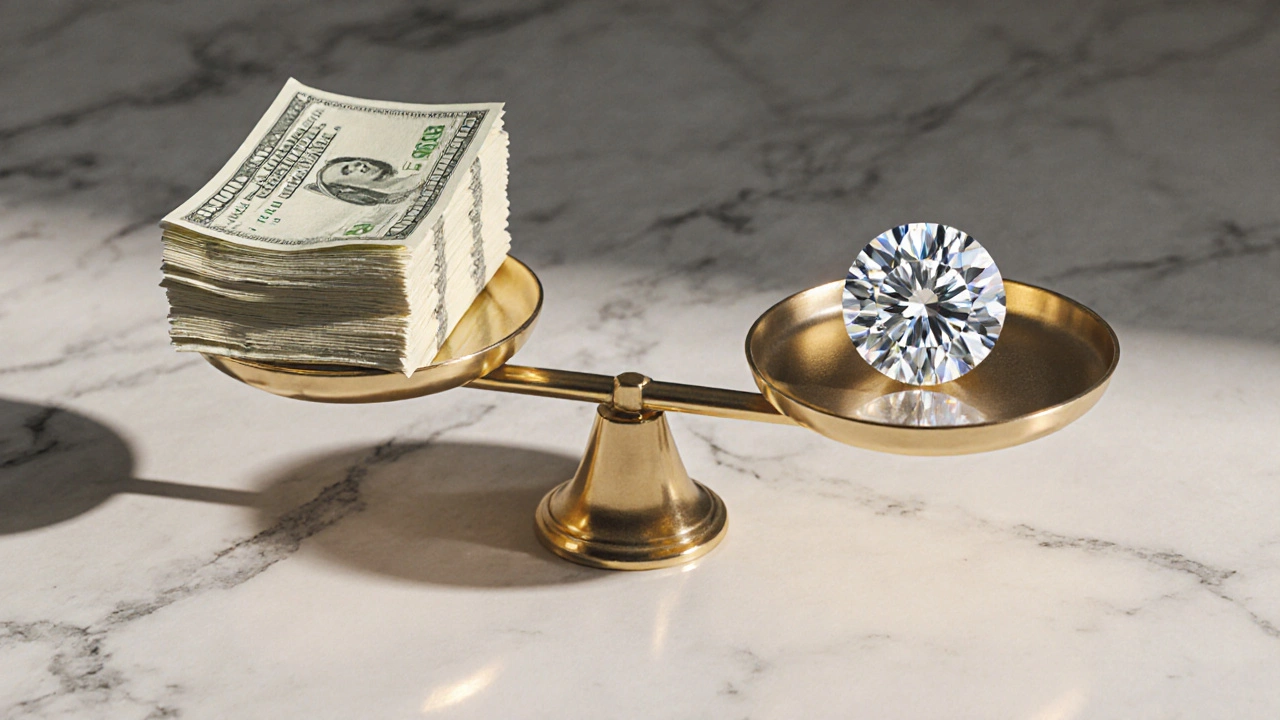Wedding Ring Budget: Smart Planning for Your Rings
When budgeting for wedding ring budget, the amount you set aside for both engagement and wedding bands. Also known as ring fund, it helps couples keep the sparkle affordable while covering quality and style choices. A clear ring budget is the first step toward preventing surprise expenses later on and it directly shapes the overall wedding budget, the full financial plan for your ceremony, reception, and related costs. By defining how much you can spend on rings early, you also make it easier to decide who will chip in—whether it’s parents, grandparents, or the couple themselves.
Key Factors to Consider
The wedding ring exchange, the traditional ceremony where partners swap their bands isn’t just a sentimental moment; it guides the timing of payments and the kind of rings you can realistically afford. For most couples, the exchange happens during the ceremony, so the rings must be ready well before the big day. That means the ring budget should include not only the purchase price but also resizing, engraving, and insurance. If you plan to buy both an engagement ring and a wedding band, break the budget into two clear parts: one for the initial sparkle and one for the matching set.
Family contributions play a big role in shaping the budget. In many cultures, parents cover part or all of the wedding rings, while in others the couple bears the cost. Understanding who pays for wedding rings, the typical contributors such as parents, grandparents, or the couple helps you set realistic expectations and avoid awkward money talks. If parents are willing to help, you can allocate more of your budget toward higher‑quality materials or designer cuts. If the couple is footing the bill, look for cost‑saving strategies like buying a pre‑made band and customizing it with a personal engraving.
Another practical angle is the relationship between the ring budget and the overall wedding budget. A well‑managed ring fund can free up cash for other priorities, like a memorable venue or a great photographer. Conversely, overspending on rings can squeeze other areas, forcing you to cut back on catering or décor. Treat the ring budget as a subset of the larger financial picture: calculate your total wedding spend first, then assign a reasonable percentage—usually 5‑10%—to rings. This simple rule keeps the ring cost in check while preserving the rest of your dream day.
Finally, keep an eye on market trends and timing. Seasonal sales, gemstone discounts, and cash‑back offers can shave a few hundred pounds off the list price. Many jewelers also provide payment plans that spread the cost over several months, easing cash‑flow pressure. Pair these tactics with a clear spreadsheet that tracks each expense—from the initial consultation to final polishing—to ensure you stay within the set budget.
With these insights, you’ll be able to craft a ring budget that balances style, quality, and financial comfort. Below you’ll find a curated collection of articles that dive deeper into who typically pays, how to negotiate with jewelers, and creative ways to stretch your ring fund without compromising on elegance.

- Oct, 21 2025
- Comments 0